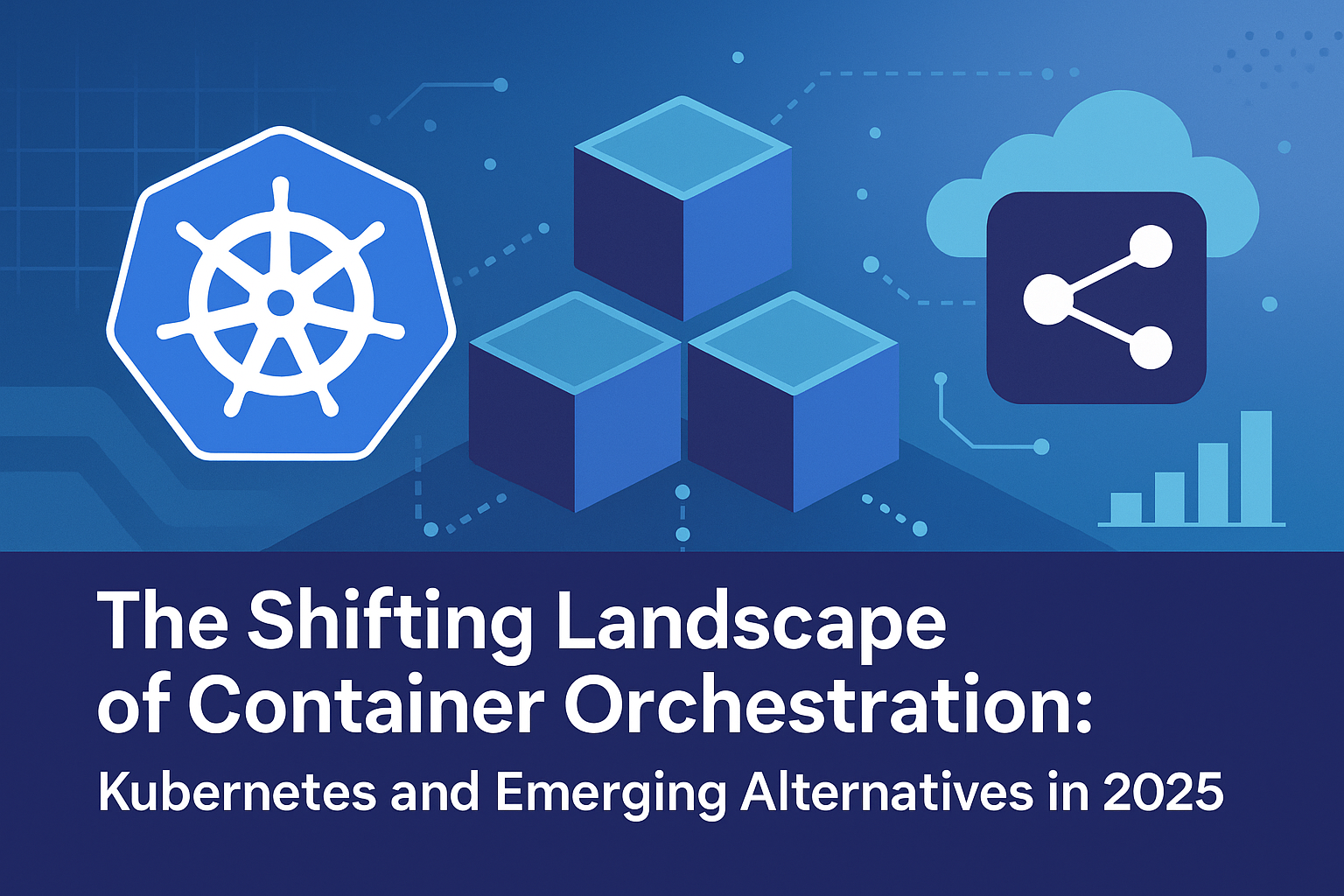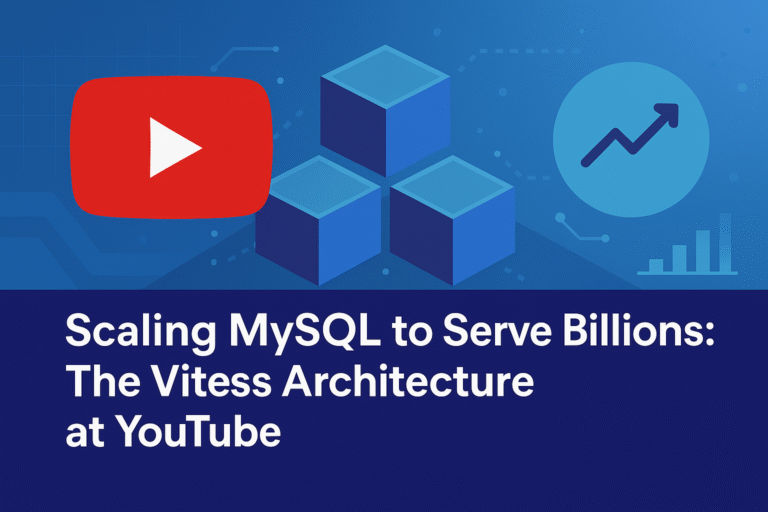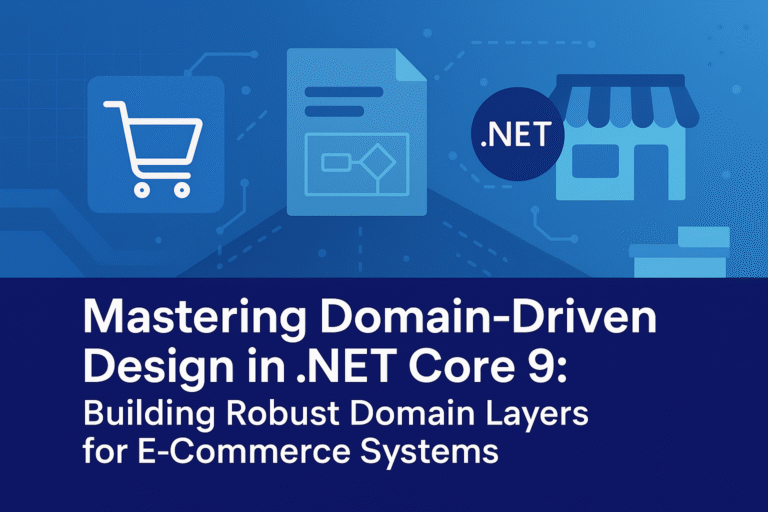Overview of Container Orchestration in the Modern Era
Container orchestration has become a cornerstone of contemporary software development and deployment practices. Since its inception, Kubernetes has dominated this domain, offering a robust framework for automating the deployment, scaling, and management of containerized applications. Developed by Google and open-sourced in 2014, Kubernetes—often abbreviated as K8s—has evolved from an internal project inspired by Google’s Borg system into a global standard managed by the Cloud Native Computing Foundation (CNCF). By 2025, it powers a significant portion of cloud-native infrastructures, with surveys indicating that up to 84% of organizations utilize it for production workloads.
Yet, the narrative surrounding Kubernetes is shifting. While it promises unparalleled scalability and flexibility, its implementation often introduces substantial complexities. Analogous to constructing a sophisticated architectural marvel, managing Kubernetes clusters demands expertise in intricate configurations, resource allocation, and ongoing maintenance. This has led to the emergence of dedicated roles within organizations, such as Kubernetes specialists, focused exclusively on cluster operations. As cloud providers and open-source communities innovate, alternatives are gaining prominence, offering comparable functionality with reduced operational demands. This article explores the historical context, persistent challenges, and viable alternatives to Kubernetes, providing a comprehensive analysis for professionals navigating container orchestration strategies in 2025.
Historical Context and Evolution of Kubernetes
To appreciate the current state of Kubernetes, one must examine its origins and developmental trajectory. Kubernetes traces its lineage to Google’s internal systems, Borg (introduced around 2003-2004) and Omega, which managed vast container fleets at scale. The first commit to Kubernetes occurred on June 6, 2014, comprising 250 files and over 47,000 lines of code. Initially codenamed “Seven of Nine” within Google, it was designed to address the limitations of prior systems by emphasizing portability, extensibility, and community-driven development.
The project’s open-sourcing catalyzed rapid adoption. By 2015, version 1.0 was released, integrating with major cloud platforms like AWS, Azure, and Google Cloud. Key milestones include the introduction of StatefulSets in 2016 for managing stateful applications, the Custom Resource Definitions (CRDs) in 2017 for extending functionality, and enhancements in security and networking through subsequent releases. By 2025, Kubernetes has matured to version 1.29 and beyond, incorporating AI-driven automation and edge computing capabilities.
This evolution reflects broader industry trends: from monolithic architectures to microservices, and from virtual machines to containers. Kubernetes standardized these shifts, enabling declarative configurations via YAML manifests and fostering an ecosystem of tools like Helm for package management and Istio for service mesh. However, this growth has not been without hurdles, as the platform’s complexity has prompted explorations into simpler paradigms.
Persistent Challenges in Kubernetes Management
Despite its strengths, Kubernetes presents notable operational challenges that can impede efficiency. The learning curve is steep, requiring mastery of core concepts such as Pods (the smallest deployable units), Services (for exposure), Deployments (for managing replicas), and Namespaces (for logical isolation). Configuration relies heavily on YAML files, which, while declarative, can lead to configuration drift, syntax errors, and difficulties in debugging large manifests.
Operational overhead exacerbates these issues. Cluster provisioning involves selecting node types, configuring etcd for state management, and integrating control plane components like the API server and scheduler. Scaling requires monitoring resource utilization to avoid over-provisioning, while patching demands careful handling to prevent downtime. Security concerns, including role-based access control (RBAC) and network policies, add layers of complexity. According to 2025 reports, 48% of users cite infrastructure abstraction as a primary motivator for adoption, yet 65% manage multi-environment setups, highlighting the tension between customization and manageability.
Performance overhead is another consideration. Kubernetes introduces runtime costs on host resources, shared with applications, potentially impacting application efficiency. Monitoring challenges persist, with tools like Prometheus and Grafana essential but requiring additional setup. For smaller teams or simpler workloads, these factors render Kubernetes an overengineered solution, diverting resources from core development activities.
Emergence of Kubernetes Alternatives
In response to these challenges, a diverse array of alternatives has surfaced by 2025, categorized into managed services, lightweight orchestrators, and platform-as-a-service (PaaS) options. These solutions aim to deliver Kubernetes-like benefits—such as autoscaling and service discovery—while minimizing administrative burdens. Market projections indicate a CAGR exceeding 17% for container orchestration, driven by simplified tools.
AWS ECS on Fargate: Serverless Simplicity
Amazon Elastic Container Service (ECS) with Fargate represents a serverless approach, abstracting infrastructure management. Users define tasks and services, and AWS handles provisioning, scaling, and patching. Unlike Kubernetes, ECS avoids control plane oversight, integrating seamlessly with AWS services like Lambda and RDS. In 2025 comparisons, ECS on Fargate excels in cost-efficiency for AWS-centric environments, with lower overhead than self-managed clusters.
Key features include autoscaling based on metrics, built-in load balancing, and pay-per-use pricing. For stateless applications, it offers rapid deployment without YAML complexity. However, it lacks the extensibility of Kubernetes for custom workloads.
Azure Container Apps: Managed Abstraction
Azure Container Apps (ACA) builds on Kubernetes principles but conceals its intricacies, leveraging technologies like Dapr for microservices and KEDA for scaling. It provides serverless execution, automatic scaling, and service discovery, ideal for microservices and web apps.
Compared to Azure Kubernetes Service (AKS), ACA prioritizes simplicity, integrating with Azure Functions and databases. 2025 evaluations praise its scalability and availability, though it restricts direct Kubernetes API access. For compliance-heavy sectors, it offers a balanced alternative.
Google Cloud Run: Event-Driven Serverless
Google Cloud Run executes stateless containers on demand, scaling to zero when idle and charging only for usage. It supports diverse languages and integrates with Google Cloud tools, differing from Google Kubernetes Engine (GKE) by eliminating cluster management. Suitable for APIs and event-driven workloads, it aligns with 2025 trends toward unified container and VM APIs.
Additional Options: Nomad, OpenShift, and More
HashiCorp Nomad offers lightweight orchestration, supporting multi-cloud portability and simpler setups than Kubernetes. Red Hat OpenShift enhances Kubernetes with enterprise features like built-in CI/CD. Docker Swarm provides basic clustering for smaller scales, while Rancher simplifies multi-cluster management. Emerging trends include WebAssembly (Wasm) for edge computing.
| Alternative | Key Strengths | Limitations | Ideal Use Cases |
|---|---|---|---|
| AWS ECS on Fargate | Serverless, cost-efficient, AWS integration | Limited customization | Stateless apps in AWS |
| Azure Container Apps | Managed scaling, Azure ecosystem | No direct K8s API | Microservices in Azure |
| Google Cloud Run | Pay-per-use, event-driven | Stateless only | APIs, quick deployments |
| HashiCorp Nomad | Lightweight, multi-cloud | Less ecosystem | Simple orchestration |
| Red Hat OpenShift | Enterprise Kubernetes enhancements | Higher complexity | Regulated industries |
Real-World Case Studies and Applications
Case studies illustrate the practical shift toward alternatives. For instance, a fintech firm migrated from Kubernetes to AWS ECS on Fargate, reducing operational costs by 40% and deployment times by 50%. Similarly, a SaaS provider adopted Azure Container Apps for its microservices, achieving better compliance and scalability without dedicated Kubernetes teams.
In open-source contexts, organizations using Nomad reported easier multi-cloud transitions, while OpenShift aided enterprises in regulated sectors like healthcare. These examples underscore how alternatives alleviate Kubernetes’ burdens for specific workloads.
Scenarios Where Kubernetes Remains Indispensable
Kubernetes retains utility in multi-cloud setups, custom workloads, and environments requiring granular control over networking and storage. For stateful applications or AI pipelines, its extensions like operators provide unmatched flexibility. In 2025, 44% of users leverage it for deployment automation.
Future Trends in Container Orchestration
Looking ahead, Kubernetes may become “invisible,” integrated into higher abstractions. Trends include AI automation, enhanced security, and edge integration, with growth in multi-tenancy and declarative management. Alternatives will continue evolving, potentially diminishing Kubernetes’ dominance for standard applications.
Final Reflections on Orchestration Choices
Kubernetes has revolutionized container management, but its complexities have fostered innovative alternatives. Platforms like AWS ECS on Fargate, Azure Container Apps, and others offer efficiency for many scenarios. Professionals should evaluate needs meticulously, considering that for numerous cloud-native applications, simpler solutions suffice, allowing focus on innovation rather than infrastructure.




